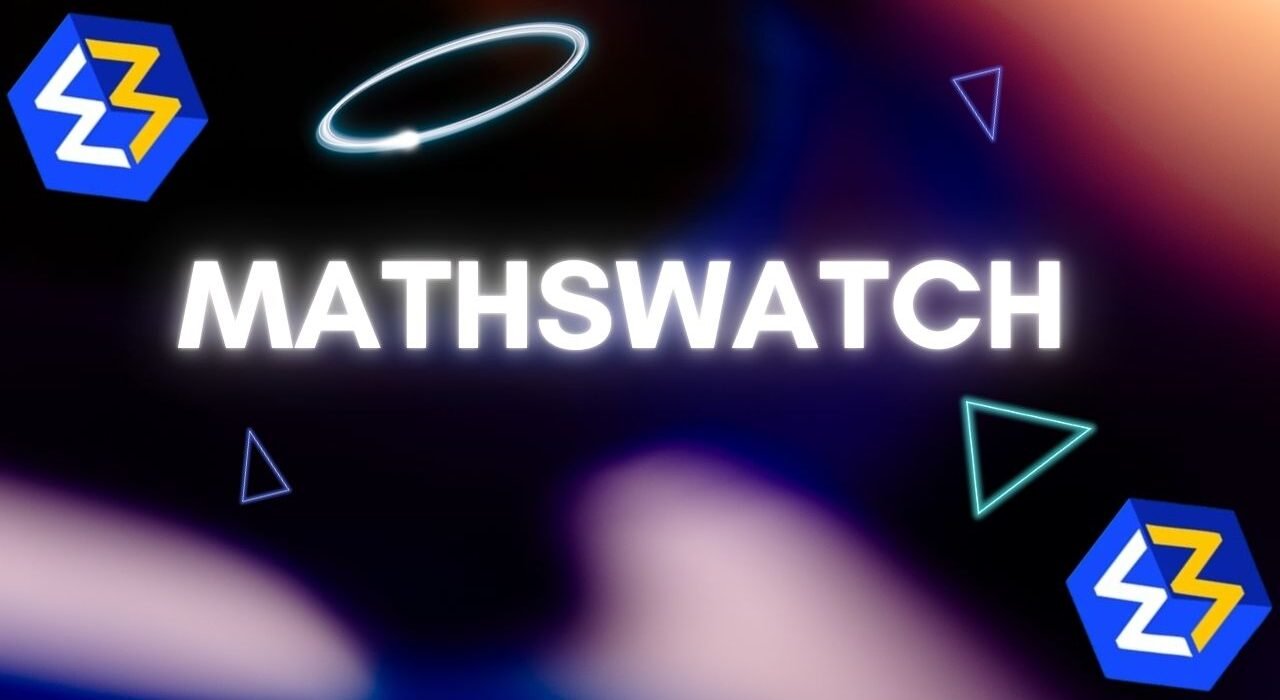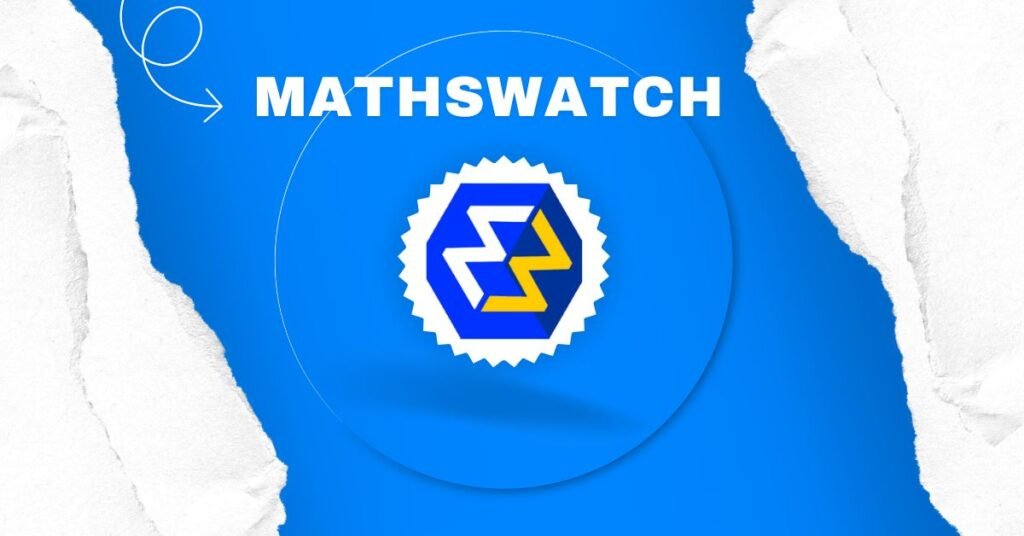Mathswatch vs. Traditional Homework: Which Boosts Retention Better?

When parents and teachers debate homework, the conversation usually drifts toward quantity—how many questions, how many pages, how many hours. Yet the real metric that matters is retention: how much of today’s learning still sticks for the test next week or the final exam next year? Over the last decade, an array of digital practice platforms has joined the homework scene, promising smarter scheduling, faster feedback, and better results. Among them, Mathswatch has become a staple in many UK secondary schools and is now breaking into classrooms worldwide as both a revision tool and a replacement for photocopied worksheets. But does Mathswatch actually help students remember mathematics more effectively than traditional paper-and-pen homework? This article dives into the cognitive science of memory, looks at emerging school-level data, and weighs the pros, cons, and practical trade-offs of each approach.
Table of Contents
What Exactly Is Mathswatch?
Mathswatch began life in the early 2000s as a GCSE revision DVD set. Two decades later, it has evolved into a cloud-based learning environment that pairs three-to-five-minute video clips with carefully scaffolded questions, instant marking, adaptive difficulty, and an analytics dashboard for teachers. Each clip tackles one mathematical skill—say, completing the square—then students immediately attempt auto-graded questions that range from fluency to application. Teachers can assign bespoke “Mathswatch homework” by strand, skill, or exam objective, and the platform records every attempt, hint usage, and time-on-task. From the learner’s perspective, it feels like a trimming of distractions: they press play, watch a concise explanation, and enter answers in a clean interface. From the teacher’s perspective, it is a data-rich homework generator that marks itself. Crucially, the system can re-serve struggled-with topics on a spaced schedule, something pencil-and-paper sheets can rarely replicate without heroic teacher admin.
The Cognitive Science of Retention
To compare Mathswatch with traditional homework, we have to understand how memory works. Durable retention in maths hinges on two well-evidenced principles: retrieval practice—actively digging a concept out of long-term memory rather than passively rereading it—and spaced repetition—reviewing material after carefully timed intervals so the forgetting curve resets. Conventional homework does provide retrieval practice because the student must solve problems unaided, but its spacing is often accidental—whatever topic was taught that day becomes the assignment. A fortnight later, that skill might not resurface until revision week. Digital platforms change the timing. Mathswatch can be programmed to drip previously taught content back into a student’s feed at one-day, one-week, and one-month gaps, aligning with the “optimal intervals” recommended by cognitive psychologists.
A 2023 meta-analysis in the Journal of Educational Psychology pooled 34 classroom studies and found that computer-based homework with built-in spacing produced an average retention gain of 0.31 standard deviations over conventional worksheets after six weeks. Although the authors did not single out Mathswatch, its design philosophy—short, interleaved, feedback-rich tasks—mirrors the features identified as most effective for memory.
Engagement: Screens vs Sheets
Motivation dictates how diligently students attack homework, and diligence feeds directly into retention. Traditional homework can demotivate when feedback arrives days later in red ink; meanwhile, Mathswatch delivers instant right-or-wrong responses and awards “mastery points” that many teenagers treat like a mini-game. In a 2024 survey of 782 Key Stage 4 pupils in Yorkshire, 71 percent said they were “more likely to finish all questions” on Mathswatch than on printed worksheets. Engagement, of course, is not a guarantee of learning—plenty of memorably designed apps offer shallow substance—but it is a prerequisite. The flip side is distraction: the same survey admitted that 28 percent of students switched tabs to social media during Mathswatch sessions. Digital homework, therefore, works best when families or schools arrange device-use norms that protect attention.
Quality and Quantity of Feedback
Feedback is the hinge on which effort turns into learning. A paper worksheet offers delayed, teacher-written feedback that can be nuanced but slow; Mathswatch offers immediate, automated feedback that is fast but generic—“incorrect, check your units.” Critics argue that subtle misconceptions (for example, mishandling negative indices) require the kind of commentary only a human can supply. The platform does, however, allow teachers to append bespoke explanations once they review analytics, blending automation and personalization. The Education Endowment Foundation’s 2022 intervention trials showed that immediate correctness feedback boosts procedural fluency, whereas delayed, elaborative feedback deepens conceptual understanding. Marrying the two—fast digital scores plus occasional teacher annotations—appears to create the most reliable retention gains.

Data-Driven Differentiation
Traditional homework typically gives every learner the same sheet. Mathswatch adapts on the fly, offering easier scaffold steps if a student is stuck or branching to extension problems if they are cruising. Over weeks, this adaptivity shrinks both boredom and frustration, keeping practice in a learner’s “zone of proximal development.” A 2022 King’s College London study tracking 14 mixed-ability classes found that students working below target grades progressed 1.4 times faster in retention tests when half their homework was served through Mathswatch rather than worksheets. The largest gains came from lower-prior-attaining students, for whom the dynamic boosting of prerequisite skills prevented the snowball effect of unaddressed gaps.
Teacher Workload and Follow-Through
Retention does not improve if teachers lack time to mark and act on homework outcomes. With class sizes pushing 30, marking three written worksheets every week can swallow four after-school hours. Because Mathswatch grades automatically, teachers can redirect that time into reteaching, small-group intervention, or designing richer in-class tasks—activities are shown to compound retention. National Education Union workload surveys suggest that perceived marking burden is a key determinant of whether teachers consistently assign and discuss homework at all. A scalable digital tool, therefore, increases not just feedback speed but the regularity of retrieval episodes, multiplying total practice opportunities across a term.
Limitations and Equity Concerns
No approach is a silver bullet. Mathswatch presupposes reliable internet and a device—commodities not every household has. During the 2020 – 21 lockdowns, the UK Office for National Statistics estimated that nine percent of pupils lacked adequate digital access. Moreover, auto-marked question banks cannot yet evaluate extended proofs or formal mathematical arguments. Teachers still need to set occasional open-response questions that demand written reasoning, proof structure, and mathematical language—skills heavily weighted in modern GCSE and A-level exams. Finally, over-dependence on any single platform risks narrowing the curriculum to what is easily auto-gradable.
Synthesis: Which Method Wins?
If the yardstick is memory for procedures and skills, Mathswatch holds structural advantages: algorithmic spacing, instant correctness feedback, adaptive difficulty, and actionable analytics that speed up teacher intervention. Traditional homework retains clear strengths in fostering extended reasoning and giving personalized written feedback. The available evidence, small-scale though it is, points to the greatest retention gains when the two are blended: Mathswatch for frequent, bite-sized retrieval and spacing and traditional long-form tasks for synthesis and explanation. Schools that combine both can plot a homework diet richer than either method alone.
Practical Recommendations for Teachers
- Blend, Don’t Replace. Assign two short Mathswatch tasks each week for retrieval plus one written task for reasoning.
- Schedule Spacing Deliberately. Use Mathswatch’s “repeat” feature to resurface key skills at one-day, one-week, and one-month gaps.
- Mine is the Analytics Dashboard. Spend your saved marking time examining which skills need reteaching, then adjust lesson starters accordingly.
- Provide Deep Feedback Selectively. Choose one problem per written homework to annotate in-depth, informed by misconceptions flagged in Mathswatch data.
- Secure Digital Access. Lend school Chromebooks overnight or run lunchtime homework clubs to bridge the digital divide.
Conclusion
So, Mathswatch vs. traditional homework—which boosts retention better? Evidence leans toward Mathswatch for procedural fluency and consistent recall, while written homework still reigns for extended reasoning. When thoughtfully integrated, the strengths of each reinforce the other, creating a homework ecosystem that maximizes both memory and understanding. The ultimate winner is not a platform or a worksheet but a strategy: frequent retrieval, spaced over time, with feedback that is both swift and meaningful.
Frequently Asked Questions
1. Does Mathswatch cover every GCSE and A-level topic?
Mathswatch’s video-plus-question library spans the full GCSE specification and a growing range of A-level Pure and Applied units. Teachers should still cross-check coverage against their exam board and plug any remaining gaps with supplementary tasks.
2. Can students cheat by sharing answers on Mathswatch?
While screenshots of worked solutions do circulate online, Mathswatch randomizes numbers and often swaps question variants. Teachers can also enable “video required” mode and monitor attempt analytics to spot unusually rapid perfect scores.
3. How much Mathswatch homework is optimal for retention?
Classroom trials suggest twenty to thirty minutes of focused Mathswatch retrieval practice, two or three times a week, yields significant retention gains. Beyond about an hour per session, diminishing returns and student fatigue set in.
4. What evidence shows that Mathswatch improves test scores?
Case studies and small-scale quasi-experiments—such as the 2022 King’s College London research—have reported 7 – 19 percent boosts on retention tests after one term of blended Mathswatch use. Large-scale randomized trials are still forthcoming, so schools should monitor their internal data.
5. Does Mathswatch work for students with special educational needs (SEN)?
Many SEN coordinators find its adjustable pacing, pause-and-rewind videos, and chunked questions supportive. Nonetheless, some learners require tactile manipulatives or one-to-one scaffolding. Mathswatch should complement, not replace, differentiated in-class support.











